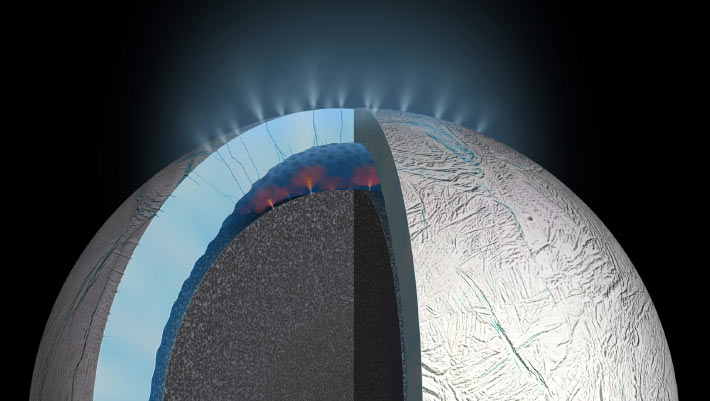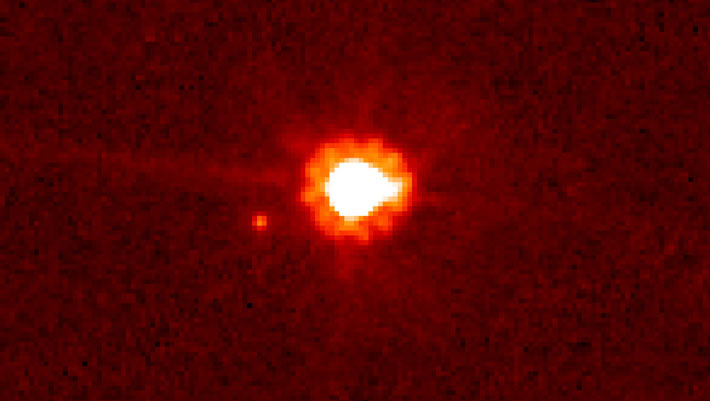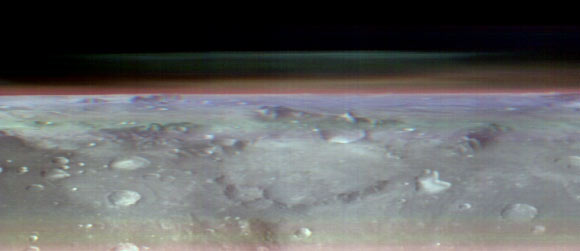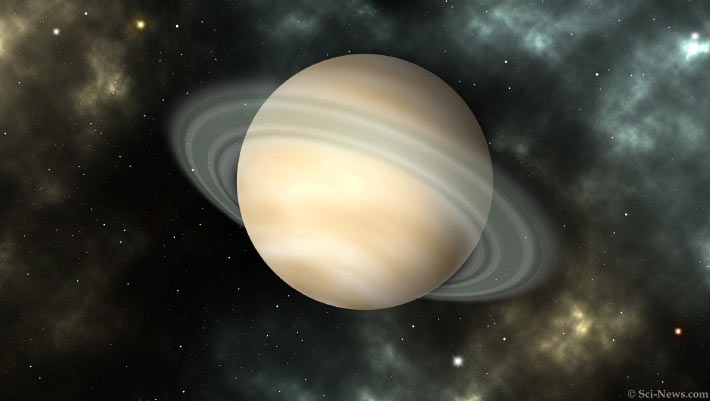Ice Plumes of Saturn’s Icy Moon Enceladus May Hold Amino Acids, Study Suggests
Enceladus is a prime target in the search for life in the Solar System, identified by NASA as the second-highest priority site for a flagship mission in the next decade.…









